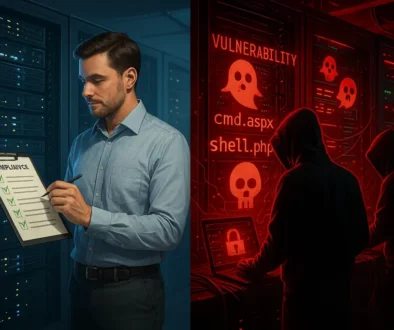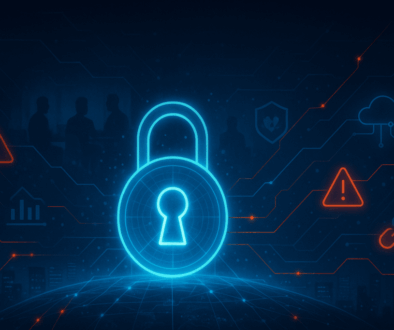Trends to watch for in 2022

It’s the time of year when companies come out with their security and risk trends for the coming year. In 2021, we saw the continuation of the shift in how and where people work. With more businesses operating virtually than ever before, security and risk is becoming a growing concern. Ensuring the safety of the details of your business and above all else, your customers, must be an absolute priority for the new year.
As we think about the up-and-coming security and risk trends for 2022, here are 5 trends we think you should watch:
1. More investment in disaster recovery
Climate change, social unrest, and cloud service outages have moved the need for disaster recovery to the forefront of IT focus. Disaster Recovery (DR) planning is no longer a matter of factoring in the rare ‘once in 100 years storm’ or cloud outage. Natural disasters have become an increasingly common threat to business operations. In 2022, companies will spend more on DR and look for more flexible deployment options for protection, such as replicating on-premises workloads to the cloud, or use of multi-node failover clustering across cloud availability zones and regions.
2. Work from anywhere, forever
Remote and hybrid working is here to stay. According to the 2021 Gartner CIO Survey, 64% of employees are now able to work from home, and two-fifths actually are working from home. What was once only available to executives, senior staff and sales is now mainstream. The movement to hybrid (or remote work) is a durable trend with more than 75% of knowledge workers expecting future hybrid work environments.
In 2022, we will see work-from-home expand into a work-from-anywhere model permanently. Because 2021 has shown that productivity can be maintained or even increased, collaboration can continue or improve, and establishing and measuring metrics is possible with remote employees- organizations will implement a secure work-from-anywhere model where corporate access can be extended to not only home offices but campuses, coffee shops, hotels, the airport, and more. As a result, businesses will need to invest in more than just a VPN to protect against users who can be connecting from anywhere and from any device: they need to implement a holistic approach to getting visibility and control over identities, threats, and endpoints.
3. Boards become more cyber-savvy
With an increase in very public security breaches and ransomware attacks, boards are paying more attention to cybersecurity. They recognize it as a huge risk to enterprises and are forming dedicated committees that focus on cybersecurity matters, often led by a board member with security experience.
CISOs can expect increased scrutiny and expectations, alongside an increase in support and resources. They need to be prepared to improve communication and expect tougher questions from the board as a result.
4. Digital Transformation
Digital transformation has been an ongoing objective for countless organizations since the early 2010s. As digital transformation progresses, there has been an explosive growth in the numbers of nonhuman entities that make up modern applications. Therefore, managing machine identities has become a vital part of security operations.
The tools and techniques for enterprise-wide machine identity management are still emerging. However, an enterprise-wide strategy for managing machine identities, certificates and secrets will enable your organization to better secure its digital transformation.
This digital transformation will continue to accelerate throughout 2022, granting organizations more flexibility, cost savings, and an overall edge in their business plans to conquer any other obstacles the future might bring them. Risk and security professionals in 2022 will strive to safeguard these new environments in a more complete fashion.
5. Video analytics
A rapidly emerging set of intelligent video solutions will change the face of video surveillance in 2022 by recognizing license plates, people, weapons, threatening interactions and much more. More cameras offer various built-in analytics, and facial detection analytics have become more sophisticated over time. These systems can trigger structured alerts to allow immediate and more proactive response by the physical security teams. Developments in deep learning and artificial intelligence (AI) will only help achieve better results throughout 2022.
Complex video analytics still require very powerful servers for adequate data processing. Deploying analytics at an enterprise level isn’t always practical. As we move into 2022, video analytics applications will mature in ways that make them easier and more economical to deploy at scale.
What do you think? Are there others that should be on the list? What do you see as being a changing risk and security trend for 2022?



